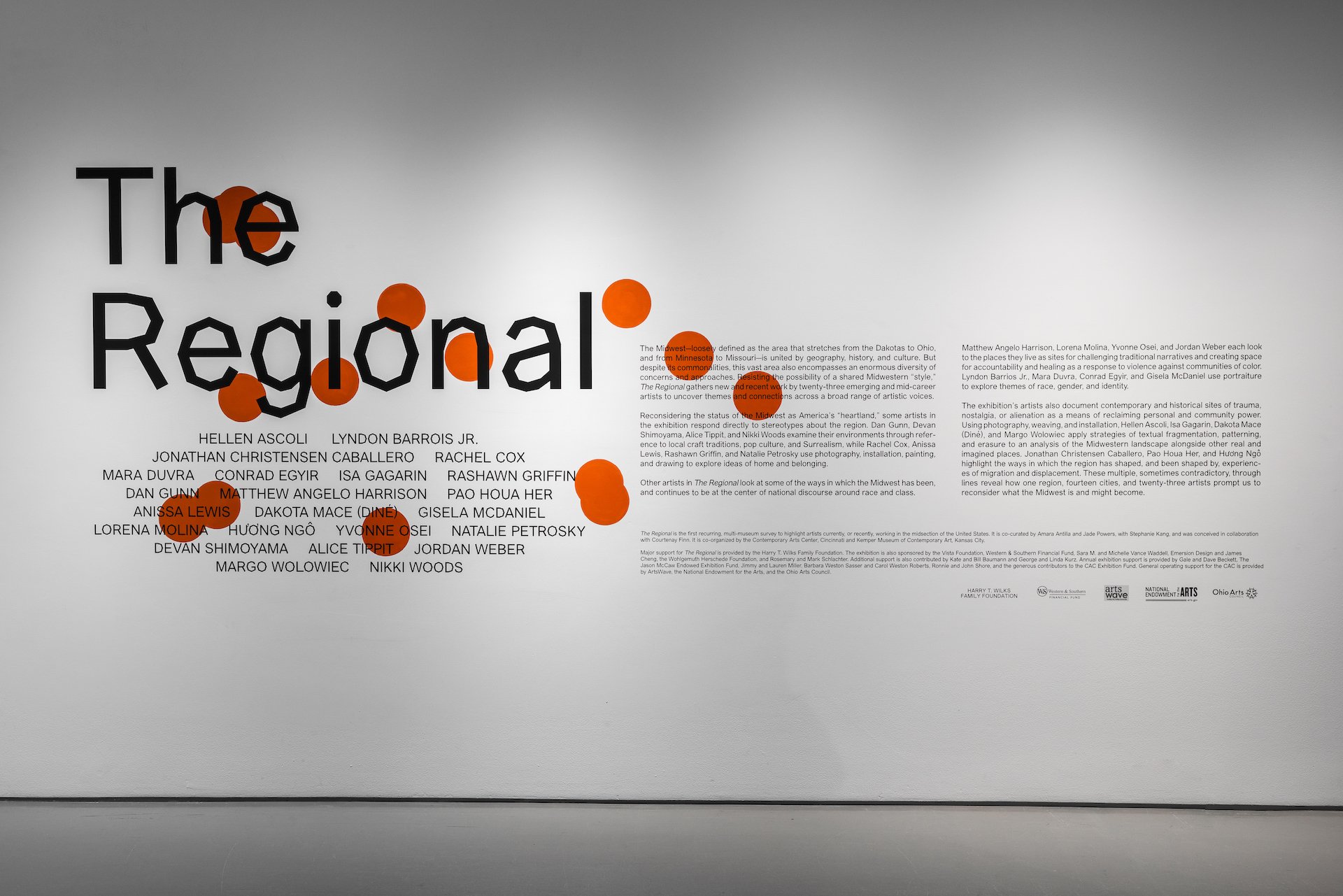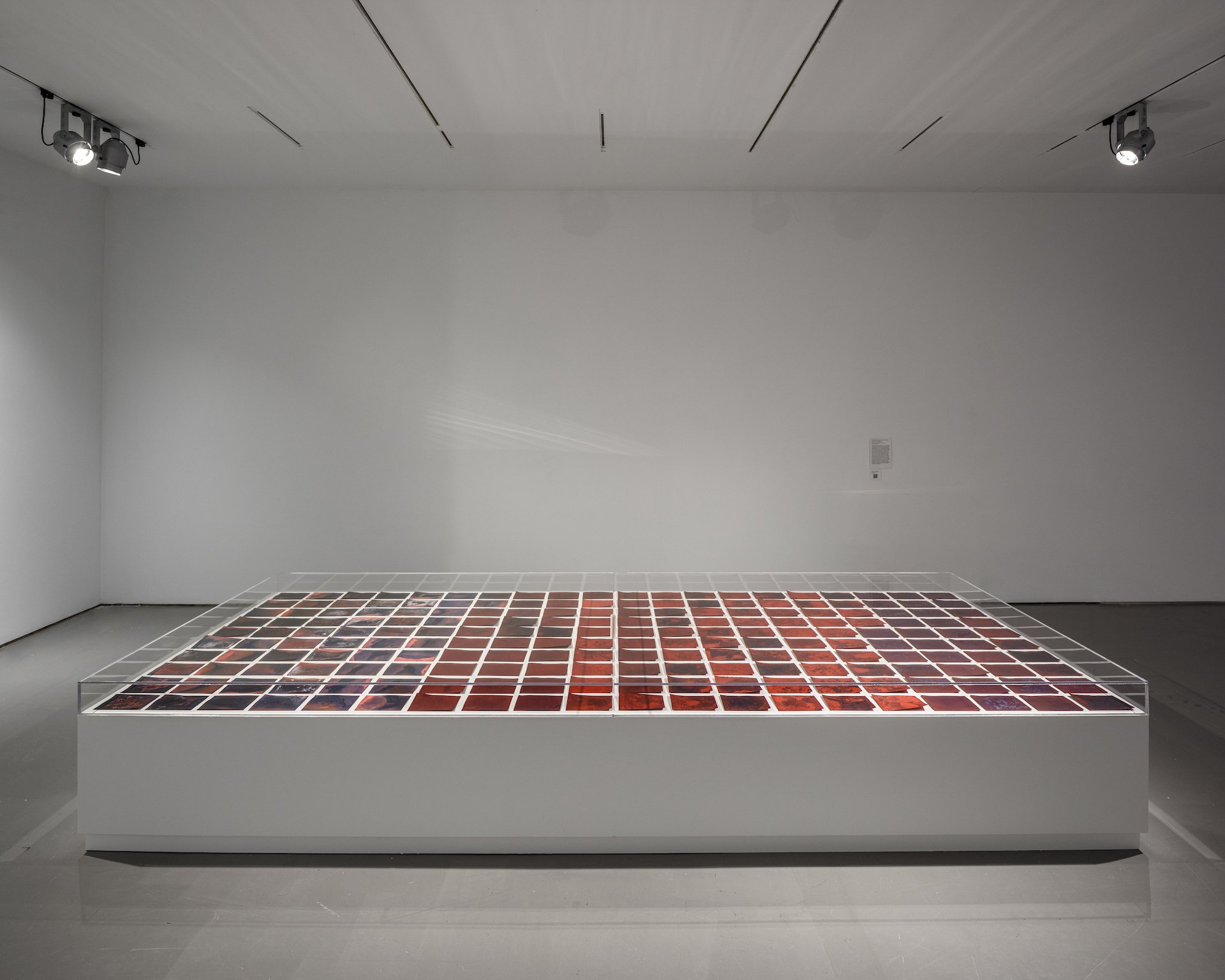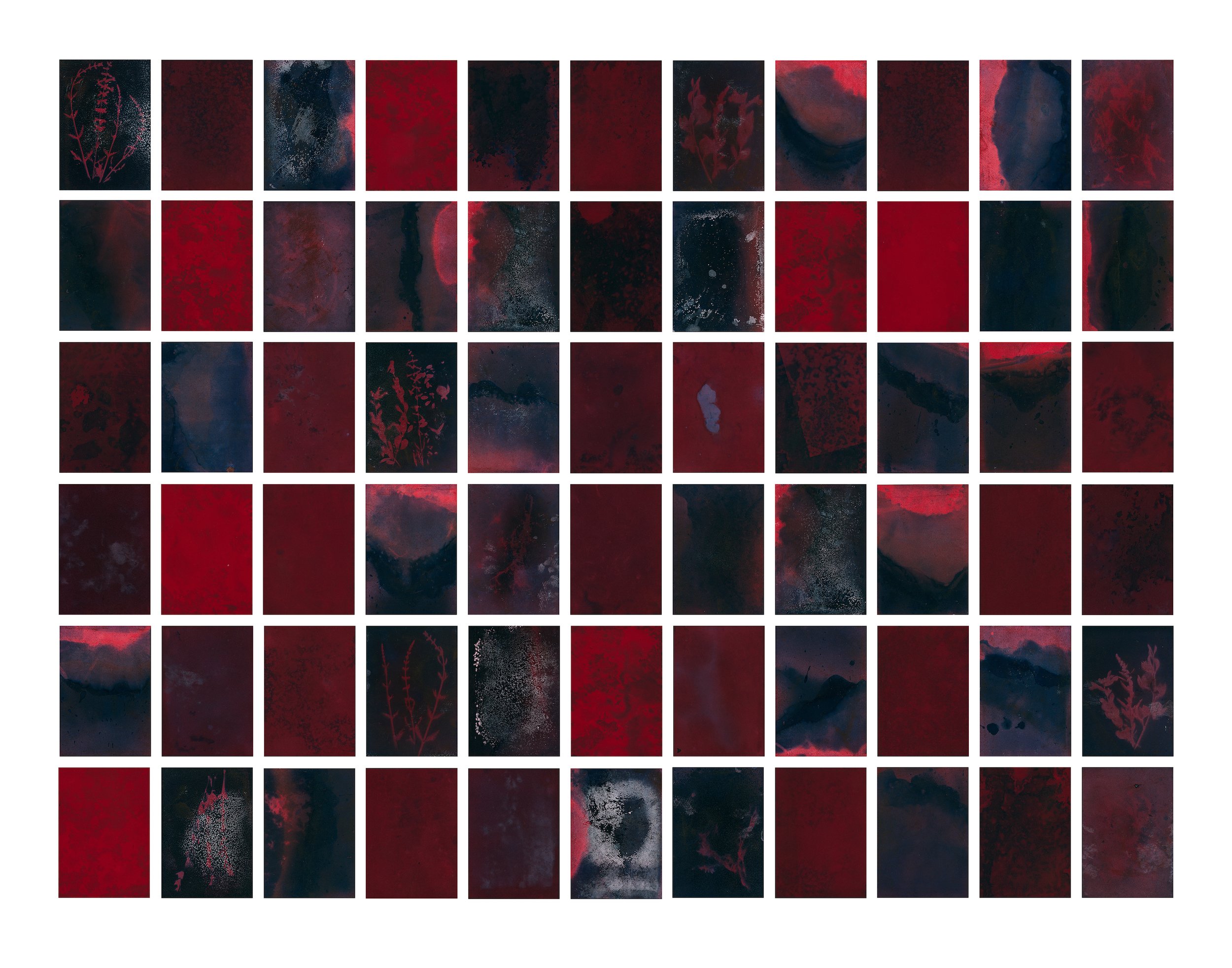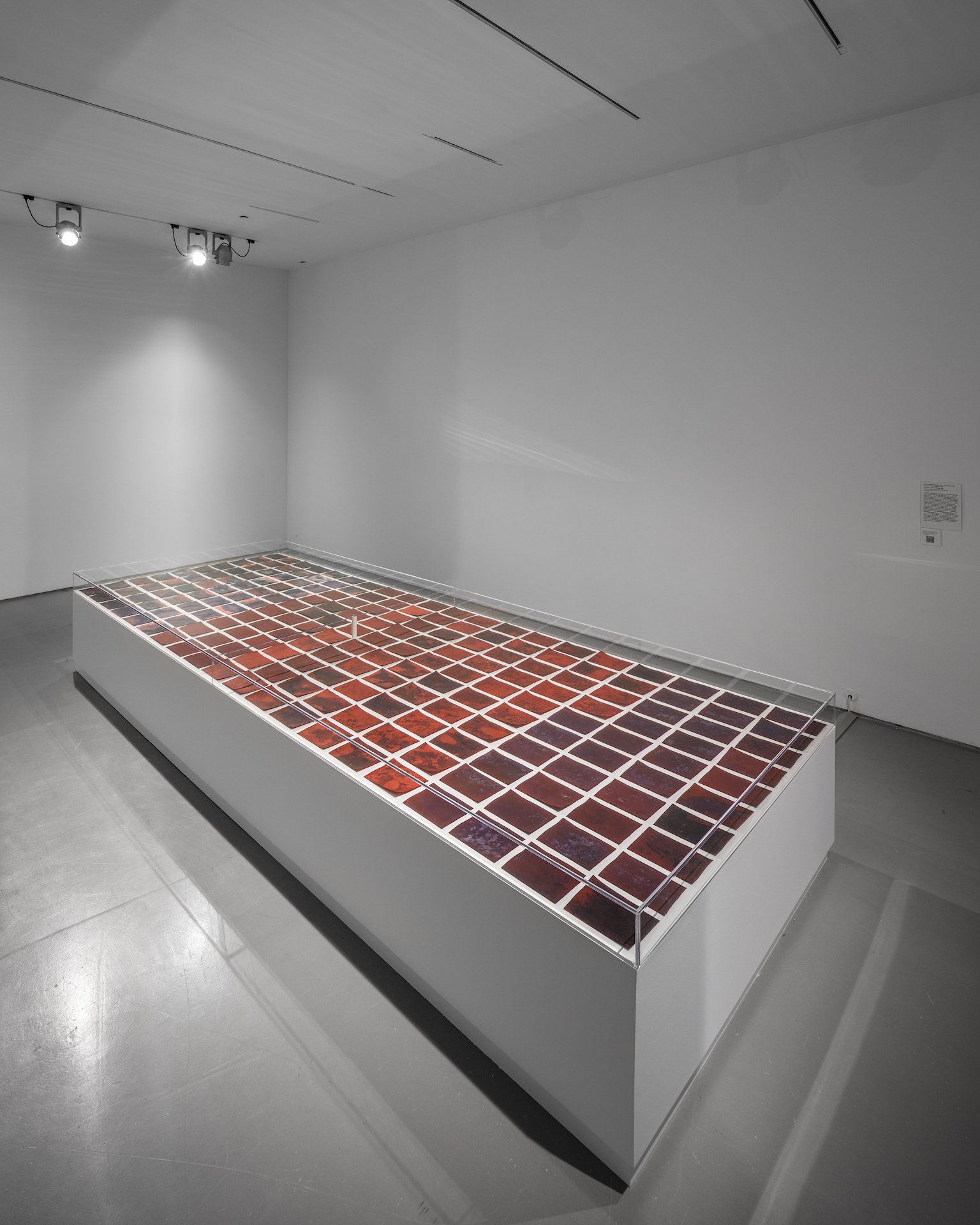The first major multi-museum survey dedicated to contemporary artists based in the Midwest, The Regional brings together work by 23 artists working across painting, photography, installation, and performance. The artists come from a variety of backgrounds and are based across the region in cities like Detroit, Cincinnati, Chicago, Cleveland, Columbus, Indianapolis, Kansas City, Madison, Minneapolis, and St. Louis, among others. Celebrating the artistic and cultural complexity of the region, the exhibition provides a platform for a generation of artists who are shaping the current and future discourses of contemporary art and culture.
The Regional is co-organized by the Contemporary Arts Center, Cincinnati and Kemper Museum of Contemporary Art. The exhibition will be accompanied by a digital catalogue and a parallel program of conversations and performances.
Mace’s (Diné) Dahodiyinii (Sacred Places) (2021) is a powerful meditation on the relationship between land and community. The artist used an indexical printing process to activate landscape as a storyteller and an image-maker, emphasizing the power of nature to record and keep ancestral memory and indigenous knowledge. The work references one of the most appalling episodes in American history, when the US Army expelled the Diné (Navajo) people from their ancestral homeland, Dinétah, as an act of ethnic cleansing. In what came to be known as the Long Walk, close to 10,000 people were forced to make the grueling and dangerous walk by foot for up to 400 miles to the Bosque Redondo Reservation/Fort Sumner in New Mexico, where they were imprisoned and held against their will from 1864 to 1868.
The installation brings together 112 cyanotypes dyed with cochineal, tiled together side by side to create a nearly 12 foot-square composition in shades of black and deep red, with audio excerpts of Diné elders and their children recounting stories about the Long Walk. Cyanotype is a form of camera-less photography, traditionally created by placing objects on light-sensitive paper to capture their forms. Here Mace used the paper to index the environment, placing it directly on the land at points along the trajectory of her ancestors’ path. Wind, water, sand, and rocks are imprinted and leave traces in different ways on each of the prints. Purposefully inverting the act of photography, which historically was used to surveil and exploit indigenous populations, the installation instead focuses on abstraction as a tool for honoring each person who lost his or her life during this forced migration. Rather than show the trauma and destruction of life, which was thought to trigger recurrent suffering, Mace offers images literally created by the landscape to reimagine a site of memory, resilience, protection, and freedom.



